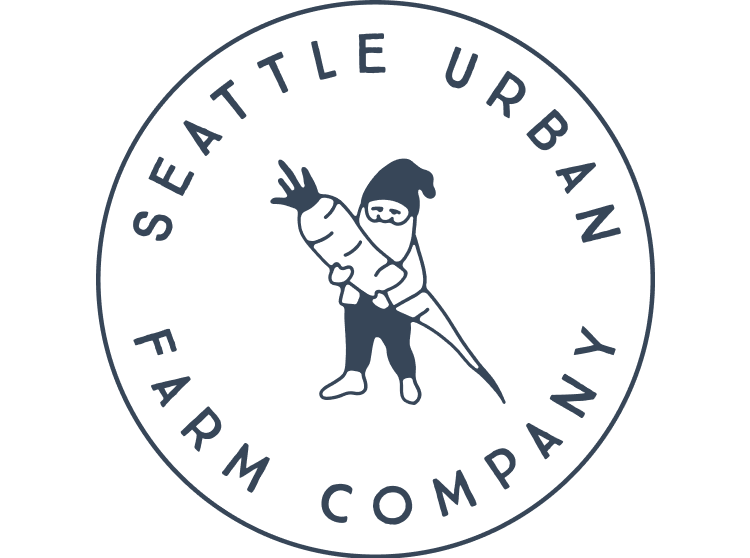This time of year many perennial herbs are flowering or just about to flower. It is important to cut back perennial herbs because the stems that flower will soon die and turn woody. If you look closely at a healthy flowering perennial herb plant, you will notice that there is new growth pushing up from the base of the plant. By cutting back the old growth you are making room for those new shoots!
Upcoming Event: 2015 Seattle Design Festival
The Seattle Design Festival celebrates the ways design makes life better. Community members, city officials, citizen-experts, and designers all come together at workshops, performances, tours, exhibitions, talks, films, gatherings and more to exchange ideas.
Curbing Blossom End Rot
A healthy Calliope eggplant puts on new fruit after blossom end rot damaged fruit were removed.
Blossom end rot can be an incredibly frustrating challenge for any vegetable gardener. There is something particularly upsetting about watching a perfectly healthy-looking plant produce damaged and rotten fruits! Fortunately, blossom end rot can be avoided and, once in process can often be overcome.
Read MoreHarvesting Winter Squash
We often refer to Winter squash as “long-season crops”. Long-season crops typically grow slowly and remain in the garden for the majority of the growing season, planted in the spring and harvested in the fall.
Read MoreBonterra's Garden at Queen Anne Food Bank
To our delight, Bonterra Vineyards reached out to us a few months ago with the idea of donating a food garden to a local non-profit.
Read MoreOrganic Fertilizer Break Down Part Three: Greensand
The next stop on our path towards total fertilizer enlightenment is the wonderful world of Greensand. As we learned in part one of our series, all fertilizers are rated by their NPK ratio, which indicates the percentage of Nitrogen-Phosphorous-Potassium in the product. Greensand (0-0-3) is a great source of Potassium and works as a component of a fertilizer mix and as a stand-alone soil amendment.
Read More





